One of the most compelling things about any Axis victory alternate history, when done well, is the all-consuming sense of dread that pervades the entire enterprise. How could it not be? The very conceit is the triumph of one of the most bloodthirsty, sadistic regimes this world has ever known. There is something that sends a chill down my spine when reading the details of Generalplan Ost, the plan that made the bloodshed of the war look like small pickings in comparison.
That’s the hurdle all Axis victory works need to reckon with: the sheer, unrelenting, nauseating horror that is inherent to the very premise.
Many alternate histories have done this well. I consider Philip K. Dick’s The Man in the High Castle (1962) and Robert Harris’ Fatherland (1992) some of the best dystopian fiction ever written, even beyond their allohistorical content. C.J. Sansom’s Dominion (2012, review here) is a more subdued portrayal, but no less haunting for it. Harry Turtledove’s In the Presence of Mine Enemies (2003, review here) has a silent terror lurking in the background as a German color revolution seems to take root.
So it has been proven, quite conclusively, that this genre can be done well. Which brings us to Paul Leone’s In and Out of the Reich.
It’s a short book. I read it in a few hours. It concerns a British journalist traveling through a Third Reich in the 2010s. The narrator’s voice is warm and witty as he rides the train from France to Russia, seeing the entire horror show from west to east. He meets a variety of strange and interesting people, from a woman who escaped Germany for Britain to an actress who’s also the daughter of a high-ranking Nazi official (and secures the narrator some bacon on a train). The entire story can be read as something of an uchronic Baedeker, a travel guide through a world humanity thankfully never got to see.
The world is revealed subtly and never bashes you over the head with signifiers. Characters will casually use the German names of cities that were razed to the ground, names that in many cases were inventions of the Nazis. The Reich, other than in the East, feels at peace, but, as Orwell said, “Those who ‘abjure’ violence can do so only because others are committing violence on their behalf.” As the story travels east, the fading embers of a brushfire war, of tanks abandoned along the railway, come into view.
Of the many characters, my favorite was the actress and party princess the narrator runs into on the train, who through her section of the book provides so much humanity to the setting. She made Leone’s world all the more believable as one in which ordinary people live and try to make the most of life, albeit while ignoring what is obvious around them if they cared to take a look.
One of the takeaways from the book, at least for me, is that war is never far away. The entire planet has in one way or another been shaped by fire and sword, rocket and bullet, firebomb and atomic bomb, and those of us in the nominally peaceful and developed world may not always remember that. But our prosperity, like all prosperity, is built on ruins. Leone’s Germany shows abundance atop a mountain of skulls. Is it really that different from our world? Maybe some things are just a little more obvious in the mirror.

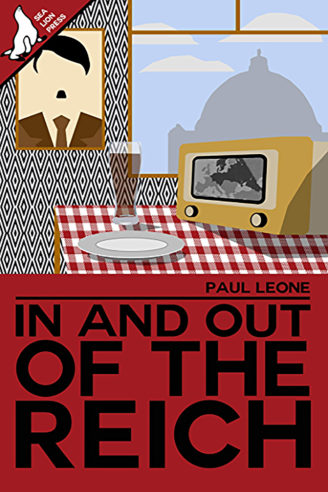
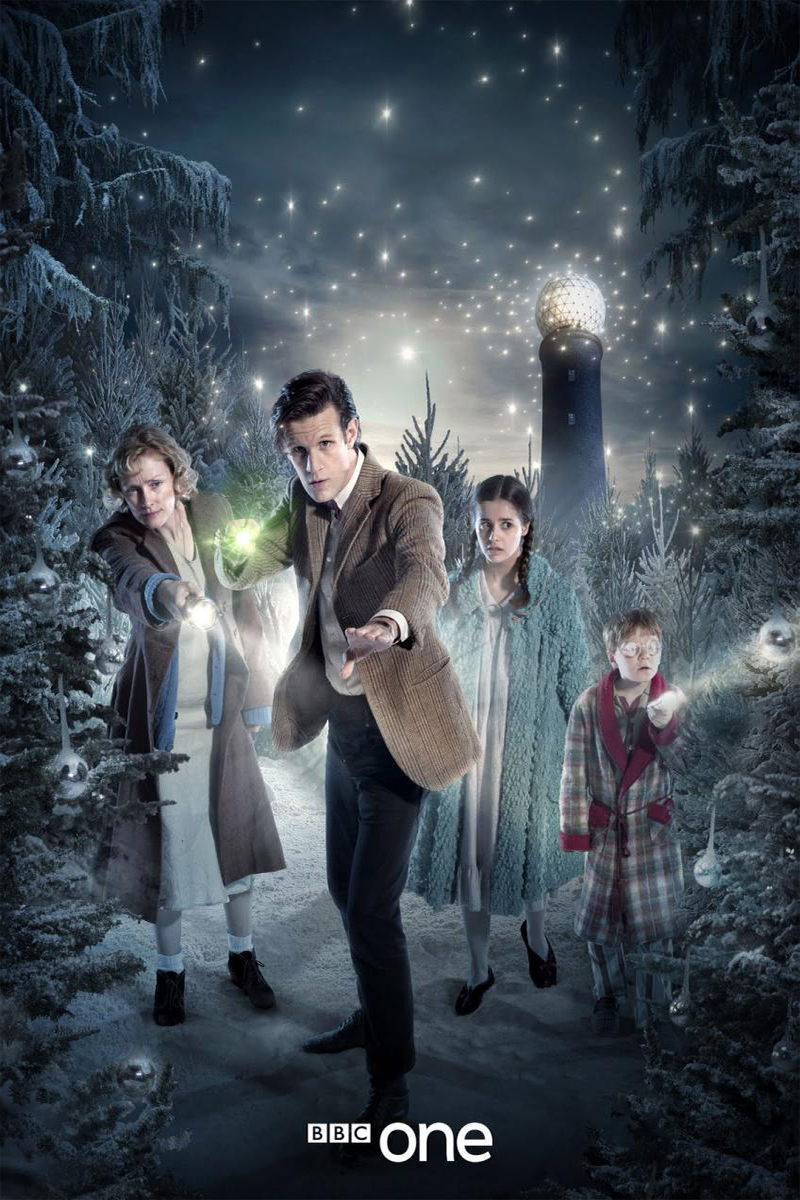
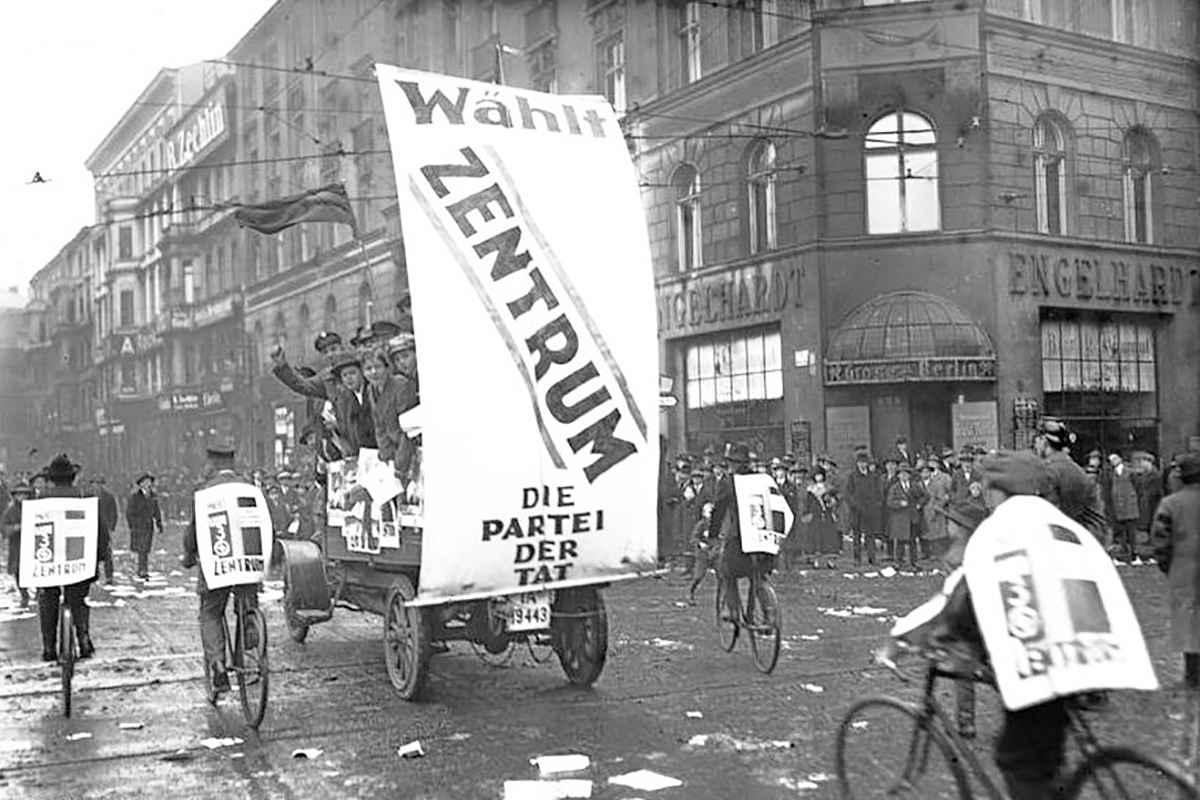
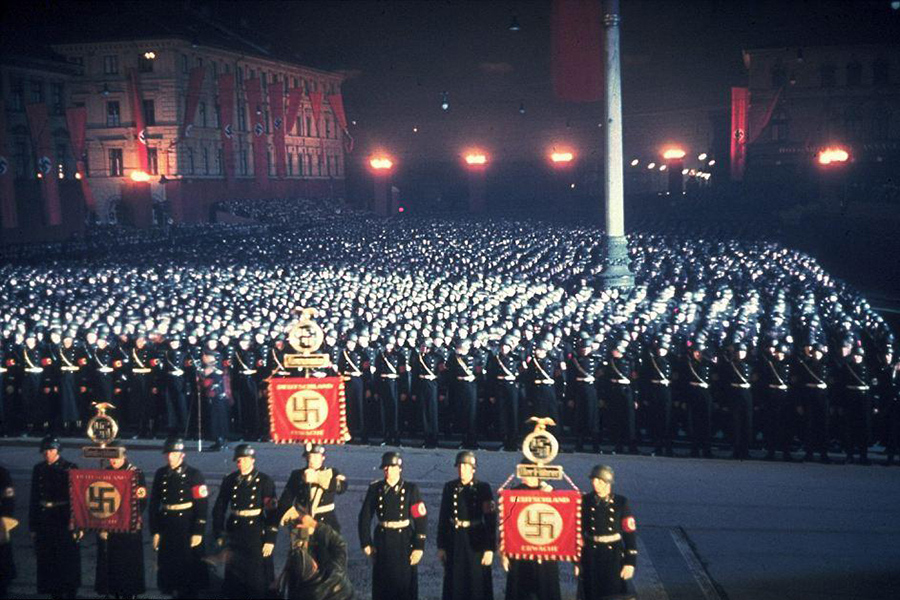
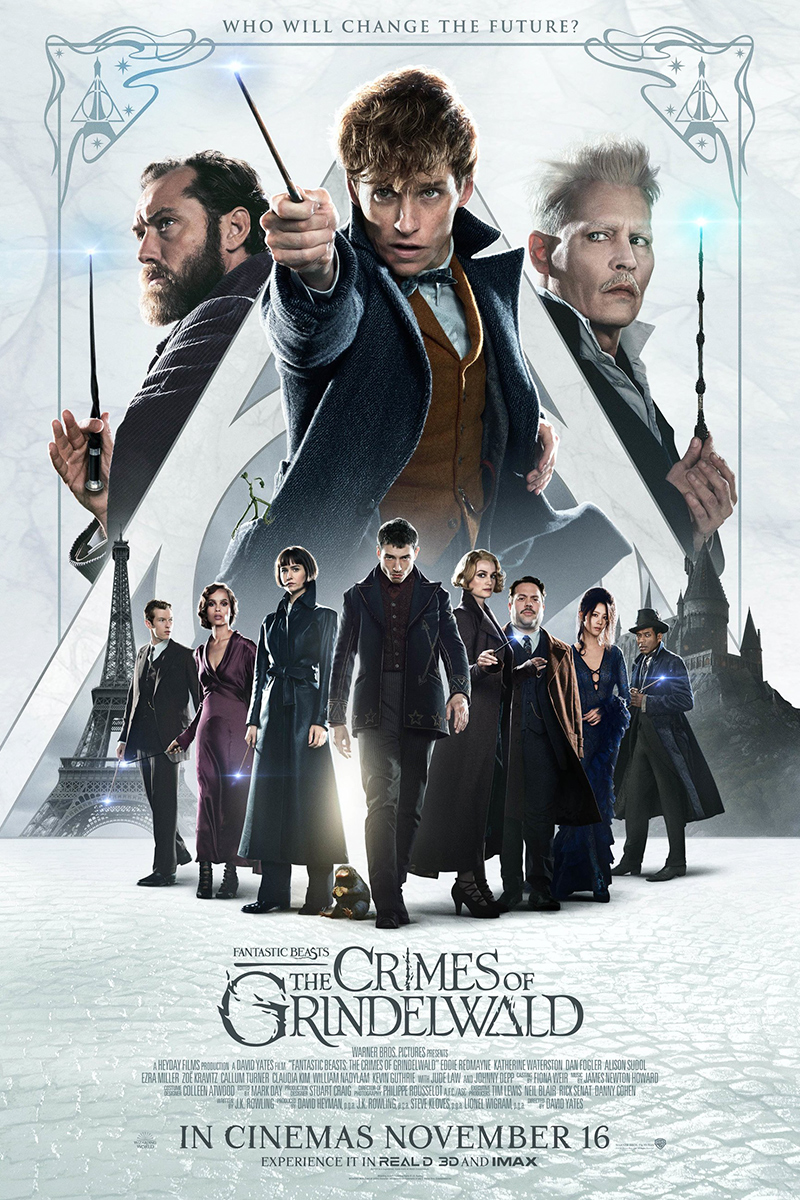
2 Comments
Add YoursWelcome to the Never Was team, Alex!
Pleasure to be aboard, Nick!